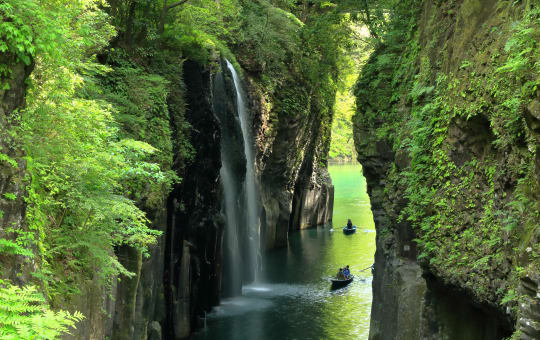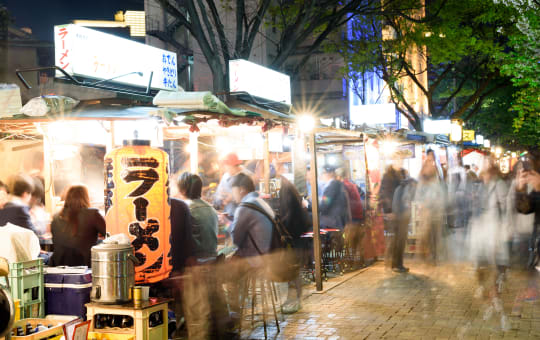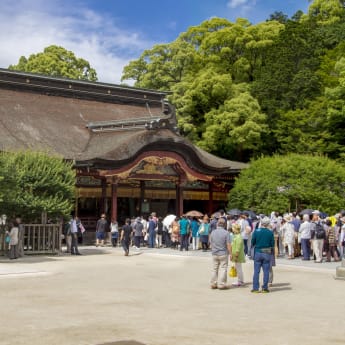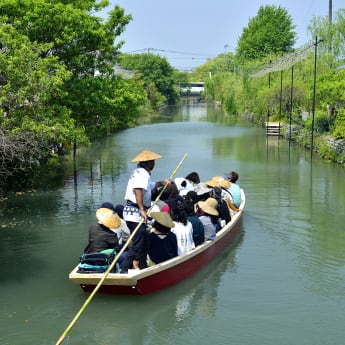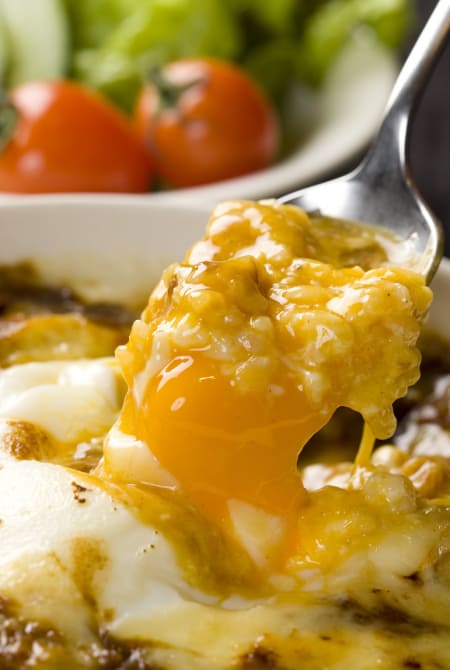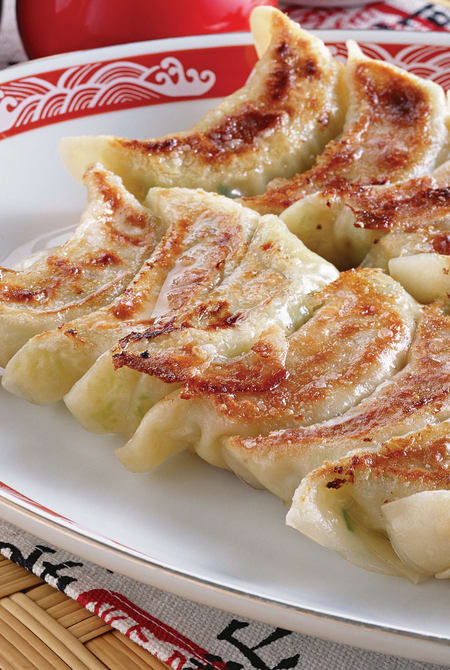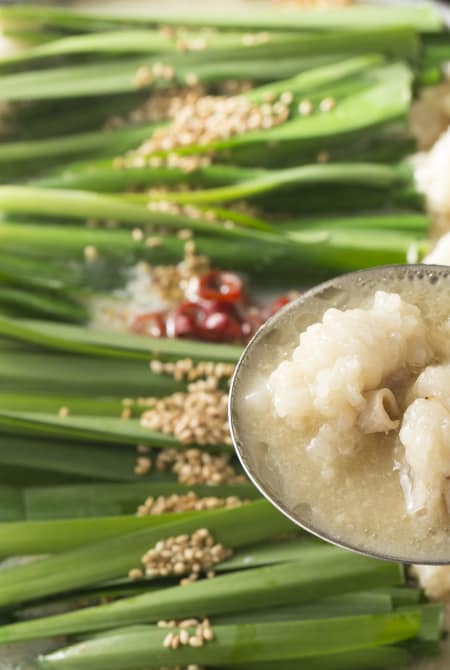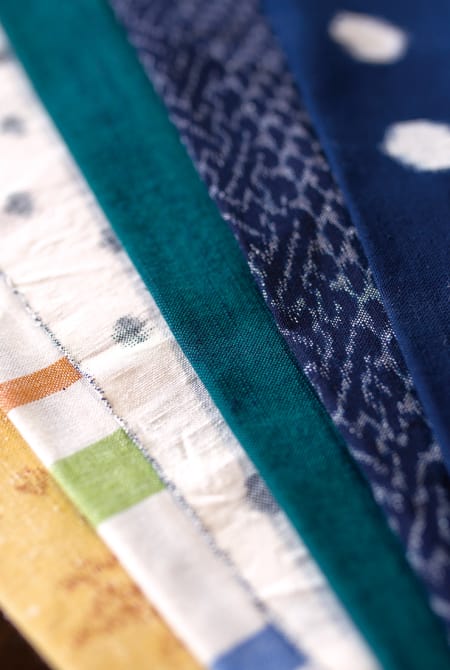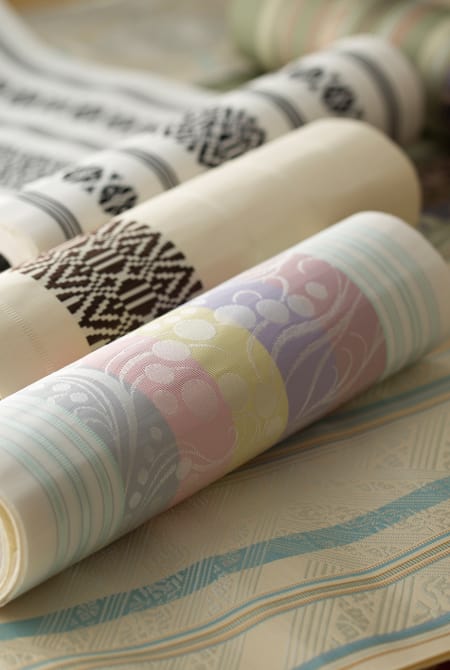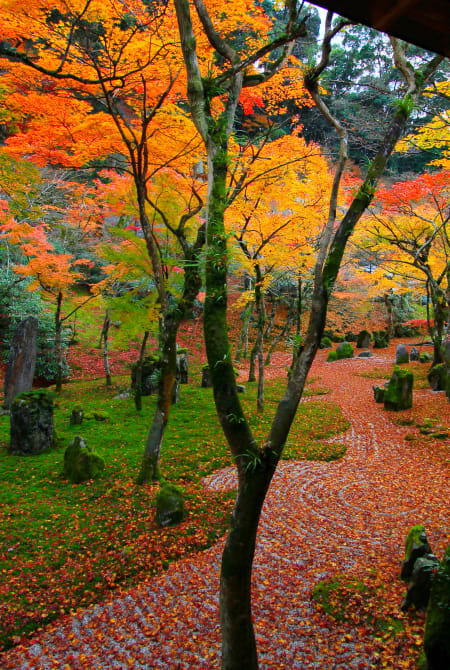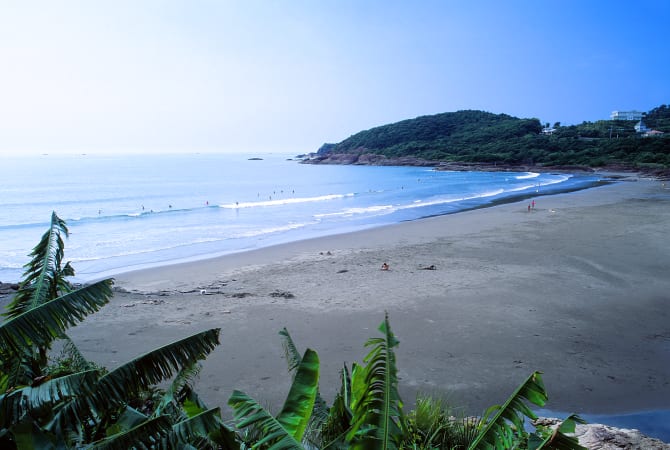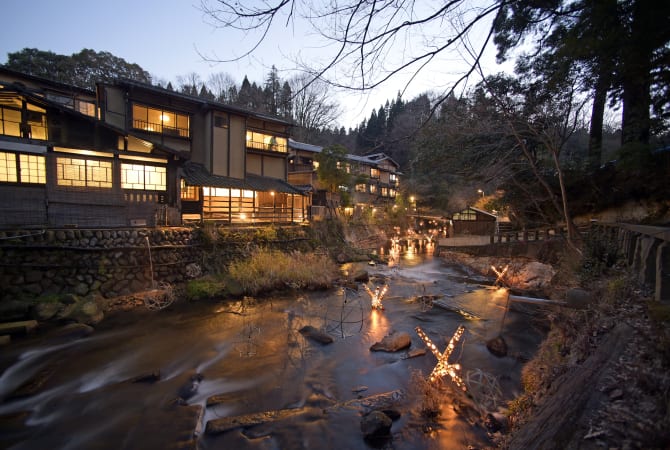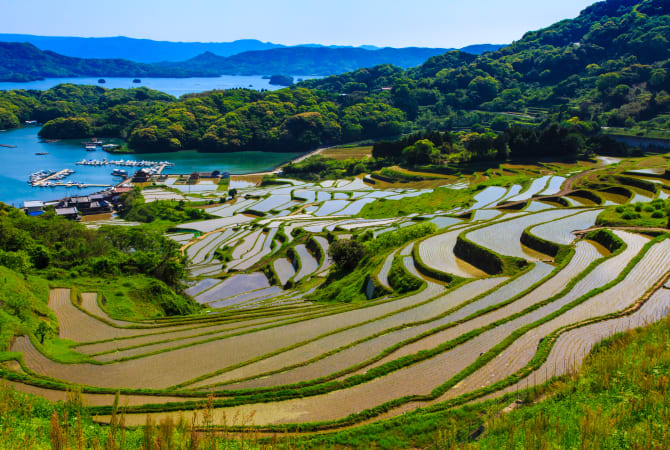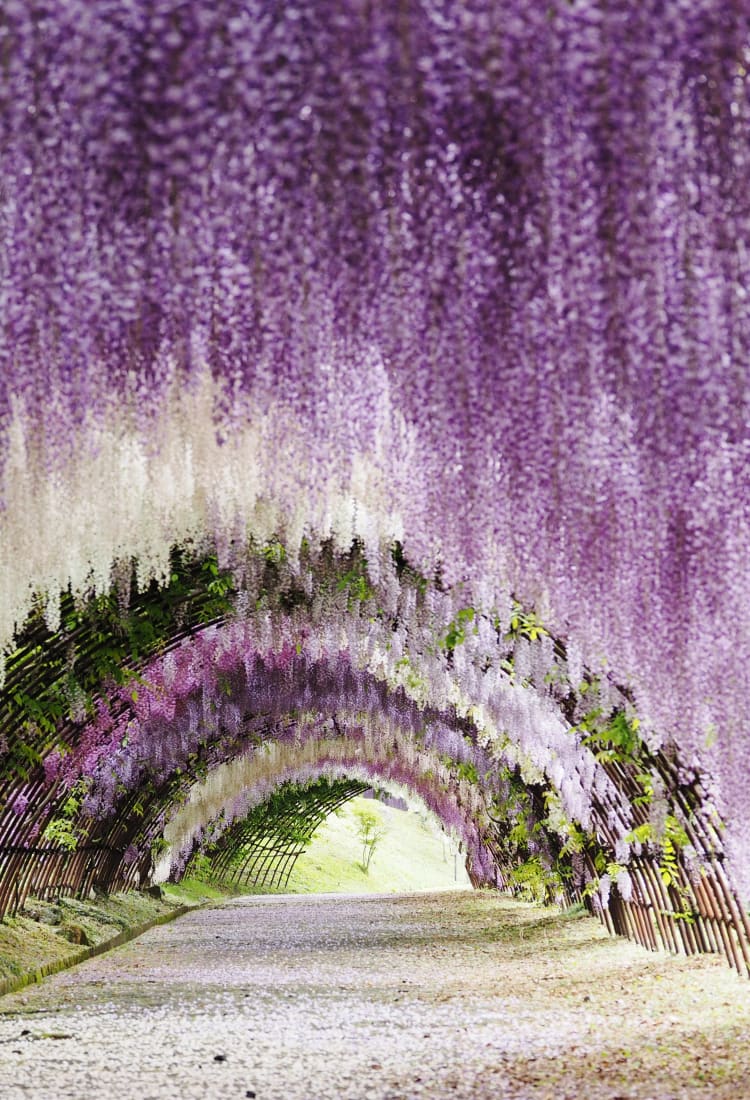

Kyushu Fukuoka Kyushu's historic gateway to Asia
Escape to a shoreline made for watersports, a mountainous interior full of trails, and world-class seafood and ramen
Fukuoka Prefecture's most famous attraction is Dazaifu Tenmangu, a shrine dedicated to the historical scholar and politician Michizane Sugawara and home to over 6,000 plum trees that blossom spectacularly each spring. The prefecture’s culinary specialties include sushi and other seafood dishes, yakitori or grilled skewers, motsunabe hot pot in the winter, and tonkotsu or pork broth ramen, best enjoyed at a local yatai or food stall. Located on the northern tip of Kyushu and boasting excellent transportation links, Fukuoka is an easy destination.
How to Get There
Fukuoka is well connected by both rail and air. The prefecture has multiple stops on both the JR Kyushu Shinkansen and the JR Sanyo Shinkansen, which links to Hiroshima, Osaka, Kyoto and Tokyo. Fukuoka Airport is extremely close to the city center. Fukuoka City’s Hakata Port offers ferries to South Korea and to many of Kyushu’s smaller islands.
Fukuoka City is the prefecture’s main transport center, and from here you can easily board a train, bus or ferry that will take you to the rest of the prefecture and to other places in Kyushu. Hakata Station in Fukuoka City is the prefecture's rail hub, a terminus of both the Sanyo and Kyushu shinkansen lines. It takes one hour by shinkansen from Hiroshima to Fukuoka City, approximately two hours by train from Nagasaki to Fukuoka, and two hours by plane or five hours by shinkansen from Tokyo. Fukuoka is also very accessible from Asia via international flights.
Don’t Miss
- The annual plum blossom display at Dazaifu Tenmangu Shrine
- A tunnel of wisterias at Kawachi Fuji-en garden in Kitakyushu
- Itoshima Peninsula’s seaside culture: sandy beaches, music festivals and an active surf scene
- Luxurious boat rides through the canals of Yanagawa, and a meal of fresh local eel
Explore Fukuoka by Area
Trending Attractions in Fukuoka
Local Specialties
-
Amaou Strawberries
Amaou is a variety of strawberry famous in Japan for its rich, sweet flavor. The name combines the Japanese words for red, round, big and delicious. Amaou strawberries are also used to make liqueur, jam and sweets.

-
Yame Tea
The Yame region in Fukuoka has ideal conditions for cultivating green tea. Tea growers here have been producing superb green tea using techniques passed down for 600 years. You can also find products that boast health benefits and combine honey with matcha powdered tea.

-
Baked Curry
A popular Fukuoka comfort food similar to a casserole or gratin. Rice, beefy Japanese curry, cheese and a raw egg are layered in a baking dish and baked. This will fill and warm you up for sure.

-
Hakata Bite-Sized Gyoza
Hitokuchi gyoza are not so different to regular dumplings, just a little smaller in size. Filled with minced pork and garlic, fried crispy on the outside and tender inside. Since they are smaller, though, you'll probably end up eating more of them.

-
Fukuoka Motsu Nabe
Chefs in Fukuoka have made an art form of cooking with beef and pork tripe. Motsu nabe is a hot pot dish of tripe in a delicious soup made from soy sauce and garlic.

-
Mizutaki
Mizutaki is a hot pot dish made by simmering chicken chunks with seasonal vegetables in a chicken stock broth, then serving with ponzu, a citrus-based sauce. It is said to have otiginated in Fukuoka around the middle of the late 19th century.

-
Yakitori
Yakitori—typically skewers of juicy chicken, often interspersed with vegetables and grilled over an open flame—is a hugely popular dish in Fukuoka. There's even a festival in Kurume dedicated to yakitori every October. Pairs well with beer.

-
Tonkotsu Ramen
One of the world's best-known varieties of ramen, tonkotsu ramen is distinguished by its cloudy pork bone broth, thick slices of pork, thin noodles and minimal toppings. In Fukuoka, the birthplace of tonkotsu, you'll find the dish everywhere—at specialty restaurants, late-night eateries, street vendors and even train stations.

-
Kurume Textiles
Cool in summer and warm in winter, Kurume kasuri is a cotton textile that gets more comfy with wear. Made from resist-dyed indigo thread, the spectacular patterns and pictorial designs hand-woven into this fabric elevate it to an art form.

-
Koishiwara Ware
Classy and simple, Koishiwara yaki gets its charm from the eye-catching patterns that artisans achieve by skillfully stamping, planing and painting the finished clay form as it rotates on the potter’s wheel. This casual yet elegant pottery is perfect for everyday tableware and home decor. A good place to pick some up is in the village of Toho, where the pottery is crafted.

-
Hakata Textiles
Found in Fukuoka's Hakata district, Hakata ori Chinese weaving techniques were imported in the early 13th century. This dyed brocade, easy to tie and cinch, is perfect for obi sashes, and samurai belted their kimono and secured their scabbards with them. Hakata ori items now include card cases, wallets and other souvenir goods.

-
Hakata Dolls
The history of Hakata ningyo includes folkloric tales, archaeological artifacts and accounts of presentations at expos including the 1900 Paris World Fair. Today, these hand-painted clay dolls range from traditional characters like kimono-clad beautiful women to hulking sumo wrestlers and more.

Seasonal Highlights
-
Spring
Dazaifu Tenmangu Shrine turns into Japan’s best spot plum blossoms, with an enormous display of 6,000 trees in flower. Cherry blossoms and tulips soon follow, bringing the entire prefecture to life.

-
Summer
Locals leave the city for barbecues and beaches on Itoshima Peninsula or head to the mountains to enjoy the cooler air at altitude. Dine at a yatai or outdoor food stall.

-
Autumn
The weather is at its most enjoyable as Fukuoka takes on autumn hues, particularly the leaves on Mt. Hiko. The little island of Nokonoshima has a beautiful display of cosmos flowers.

-
Winter
Settle down to a steaming bowl of motsunabe, a local stew that warms you to the core. Cruise through Yanagawa's canals under a heated kotatsu blanket or head out to Itoshima to sample winter oysters.





























































